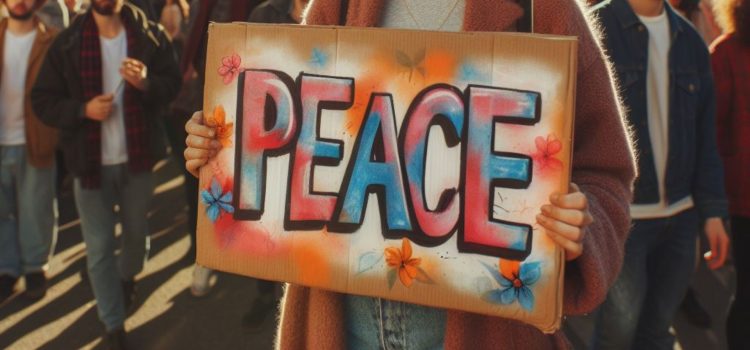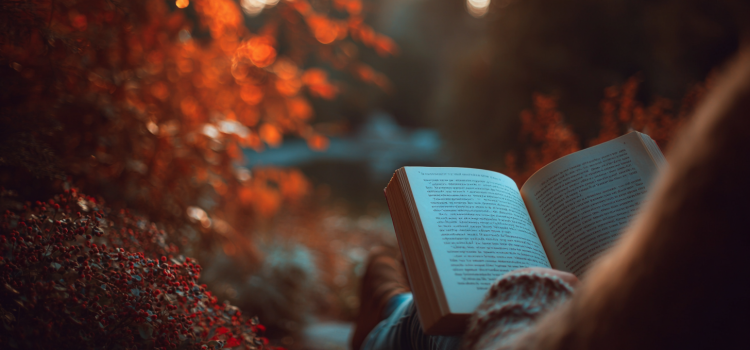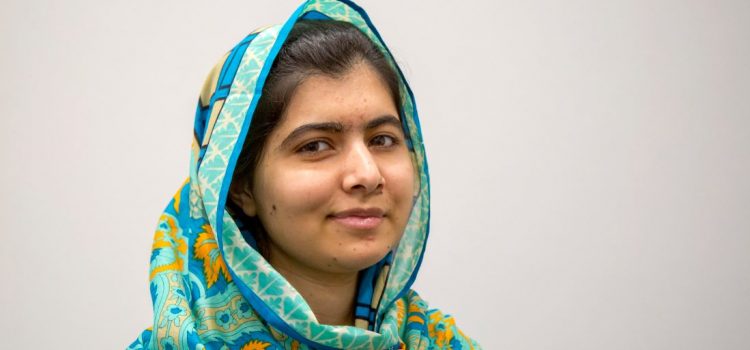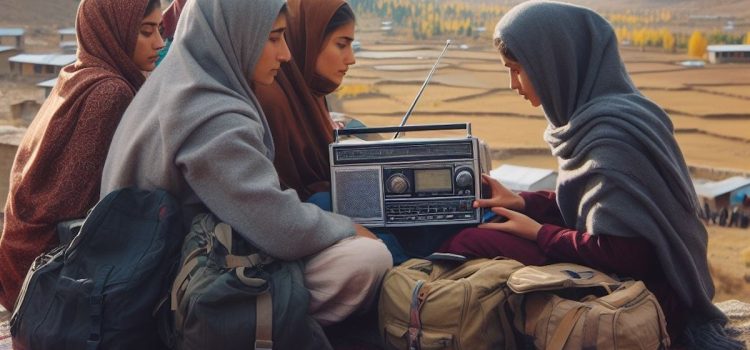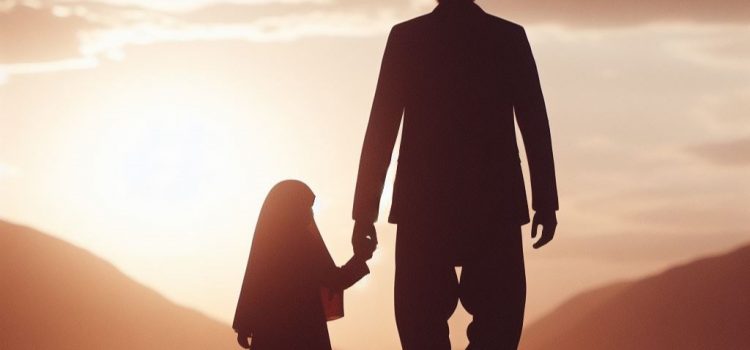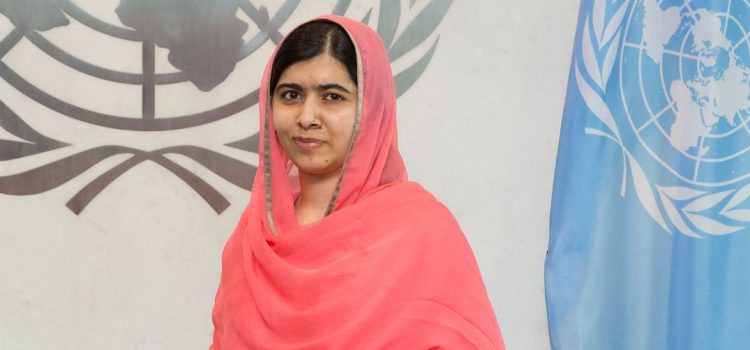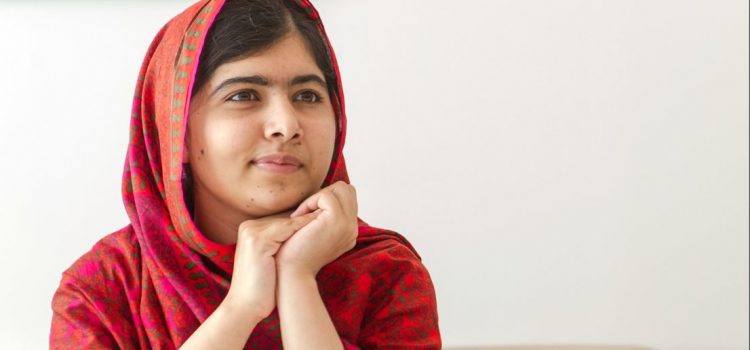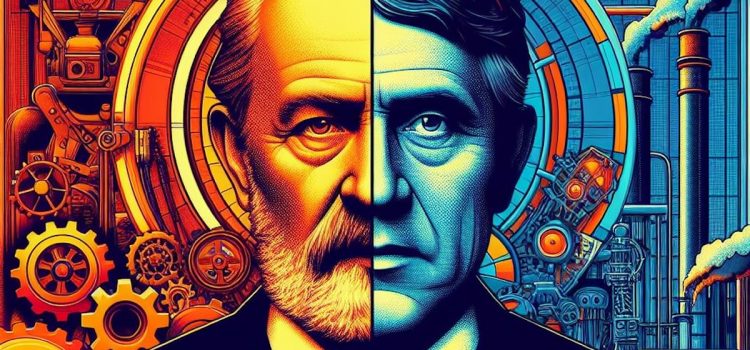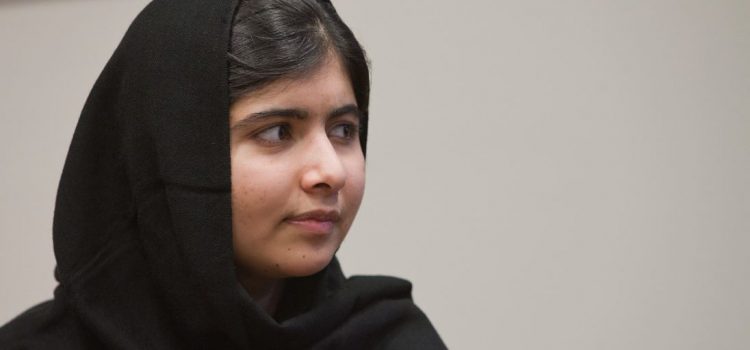What were the key features of the indigenous civil rights movement in the US? What did Native activists accomplish in the 1960s? The indigenous civil rights movement sought to achieve self-governance, treaty enforcement, and land restitution for Native Americans. The movement has had many long-term impacts still seen today. Read on for more about Native American activism during the civil rights era.
The Indigenous Civil Rights Movement: 1960s and Beyond
